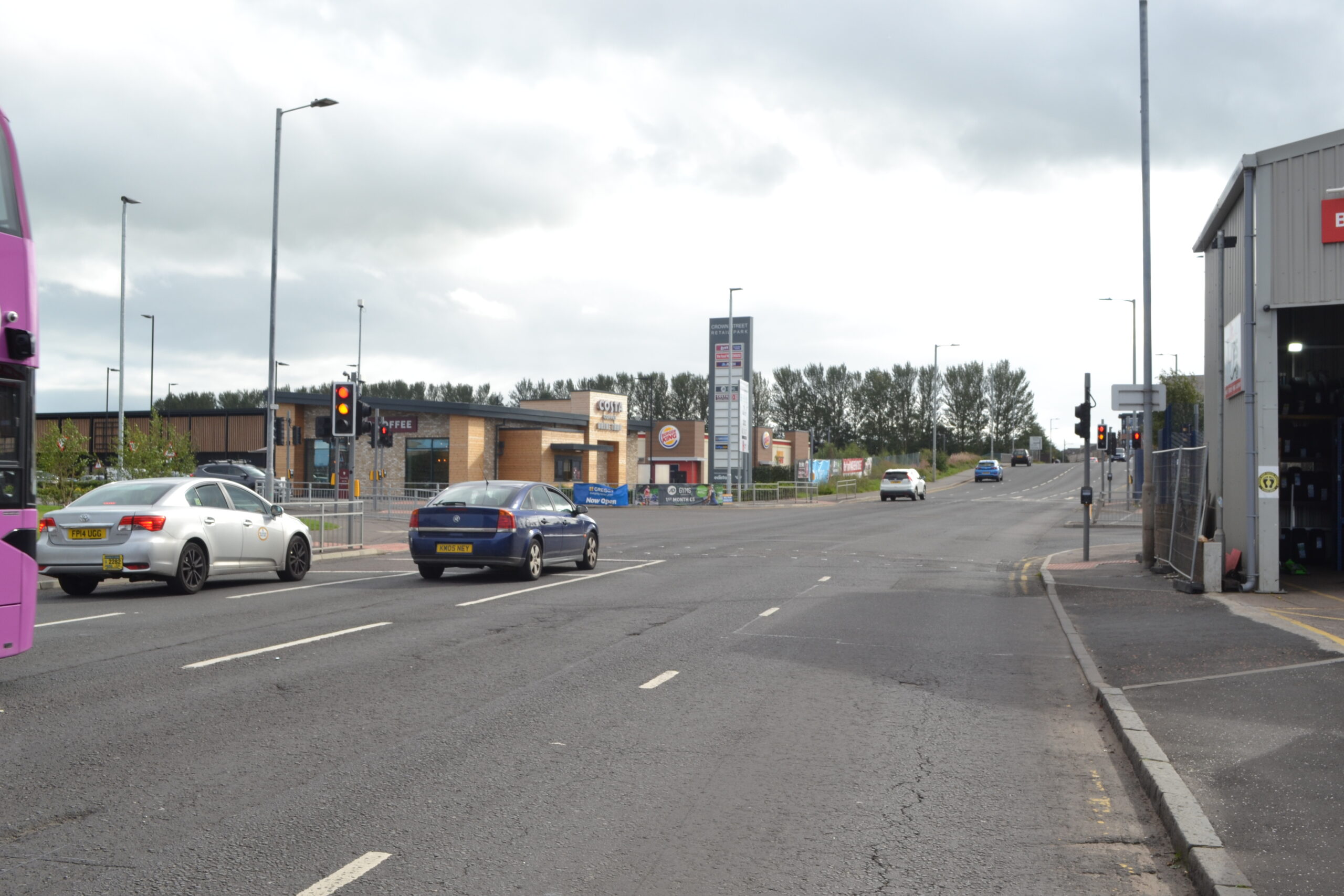Glasgow City Council in 2016 took on trial two dual zone detectors as an option for replacing traffic light detector loops. After extensive testing they installed radar VA detectors on traffic signals in the city usually on single approaches or sites that were not ideal for traffic light detector loops. This year Glasgow have now installed the Icoms TMA-122 detector at the Cathcart Retail Centre on all approaches replacing Vehicle Actuated (V.A.) loops. The site works V.A. off peak* with SCOOT taking control at peak periods. This is a major achievement for us at C&T Technology as we have a client who is confident enough to use the TMA-122 at an important traffic light location. Thanks to Icoms Detections for supplying a great product for replacing loops, and to Glasgow City Council, working with Siemens to install the detection.
Renfrewshire have also installed the TMA-122 V.A. detection at Canal Street / Ferry Road, to make this the 2nd fully VA site replacing traffic light detection loops. Once again a thank you to the engineers at Dynniq in Scotland who have recommended the product to the client.

For over 30 years, Induction Loops have been the first choice for traffic signal designers. Mainly because there haven’t been any alternatives and they are good at detecting big lumps of metal, but they are not great at detecting cyclists. So, it has been difficult to innovate with the traffic signal designs, to improve safety and the experience for the cyclist on the carriageway. In recent years however, new technologies have emerged that have the potential to replace Loop technology. These new technologies can be utilised to detect cyclist and I will now review these based on my own personal experience.
Radar
Radar has been around for years on traffic signals and is mainly used on pedestrian crossings. The uptake on using radar on junctions in England and Wales is low, although in Scotland it is far more common. Historically, radar had to have a speed threshold to prevent false detection of pedestrians, cats, dogs etc. on the approach to the stop line. They were also unable to detect stopped vehicles, so you need to install a Stop Line Detector, or a Loop. Recent detectors like C&T Technologies’ TMA-122can detect very slow-moving vehicles, but filter out pedestrians, and detect stopped vehicles. They also are very good a picking up cyclists. So, if a carbon fibre bike approaches with the latest radar you don’t need to worry about it. The biggest enemy of radar is occlusion, where large vehicles block the field of view. You need to think carefully about where it is going to be installed, and make sure they are not obstructed by street furniture, trees etc.
*Vehicle Actuated (V.A.) is a mode of operation that the traffic signal controller operates in. For V.A. mode the controller normally uses XYZ loops. These are positioned 12, 25 and 40m back from the stop line. Each loop is configured with a 1.5s extension time to give the vehicle time to get from the X to Y to Z and then the stopline. With Radar we just set up a 0.25 second extension. In V.A. mode if there is a sufficient gap, the signals then move to another green, or if it is busy it stays on green until the maximum time allowed is met, and then it moves. V.A. off peak means that the controller is working in V.A. mode, then during peak periods SCOOT takes over to co-ordinate the junction with any adjacent junctions.


